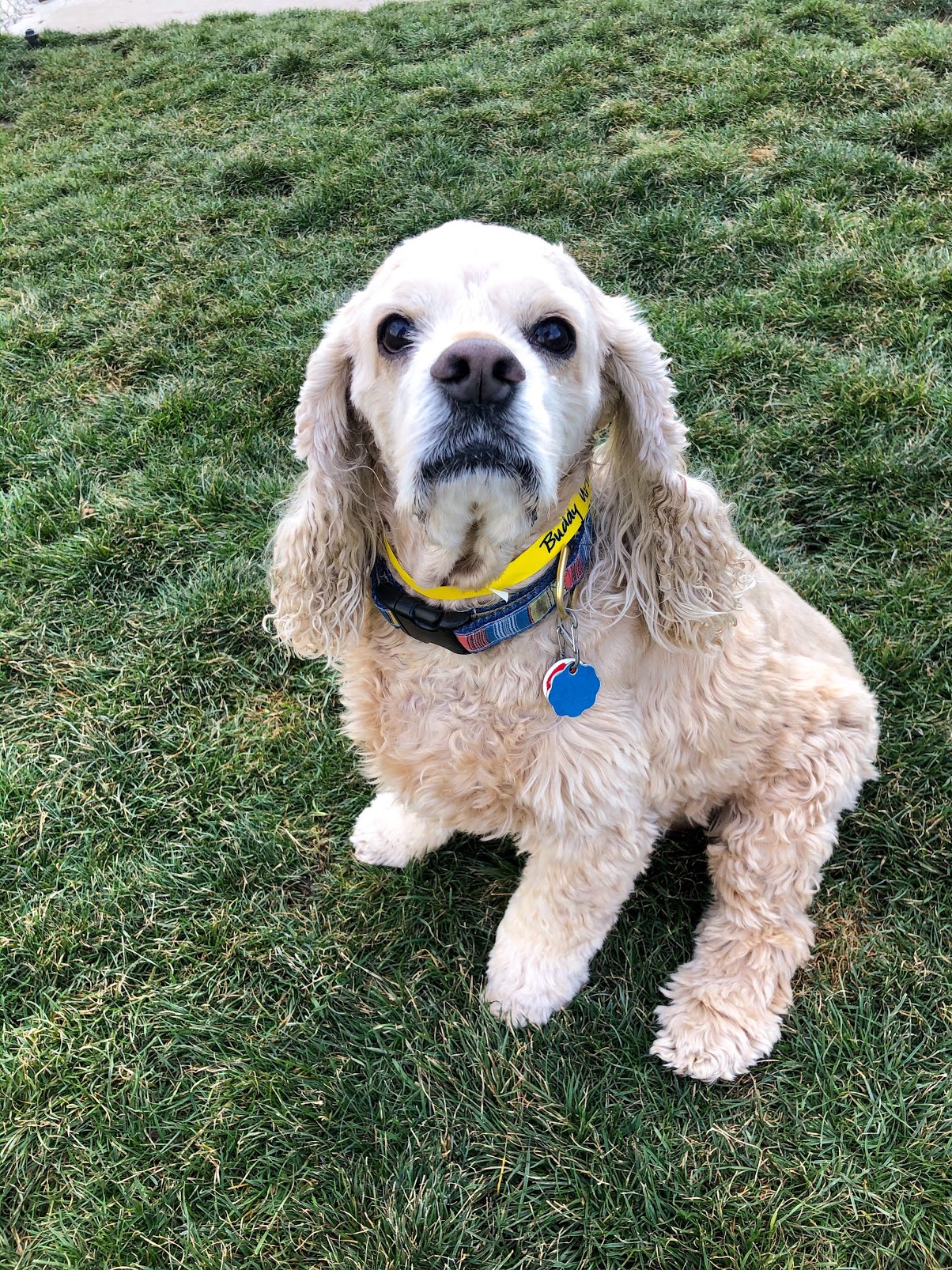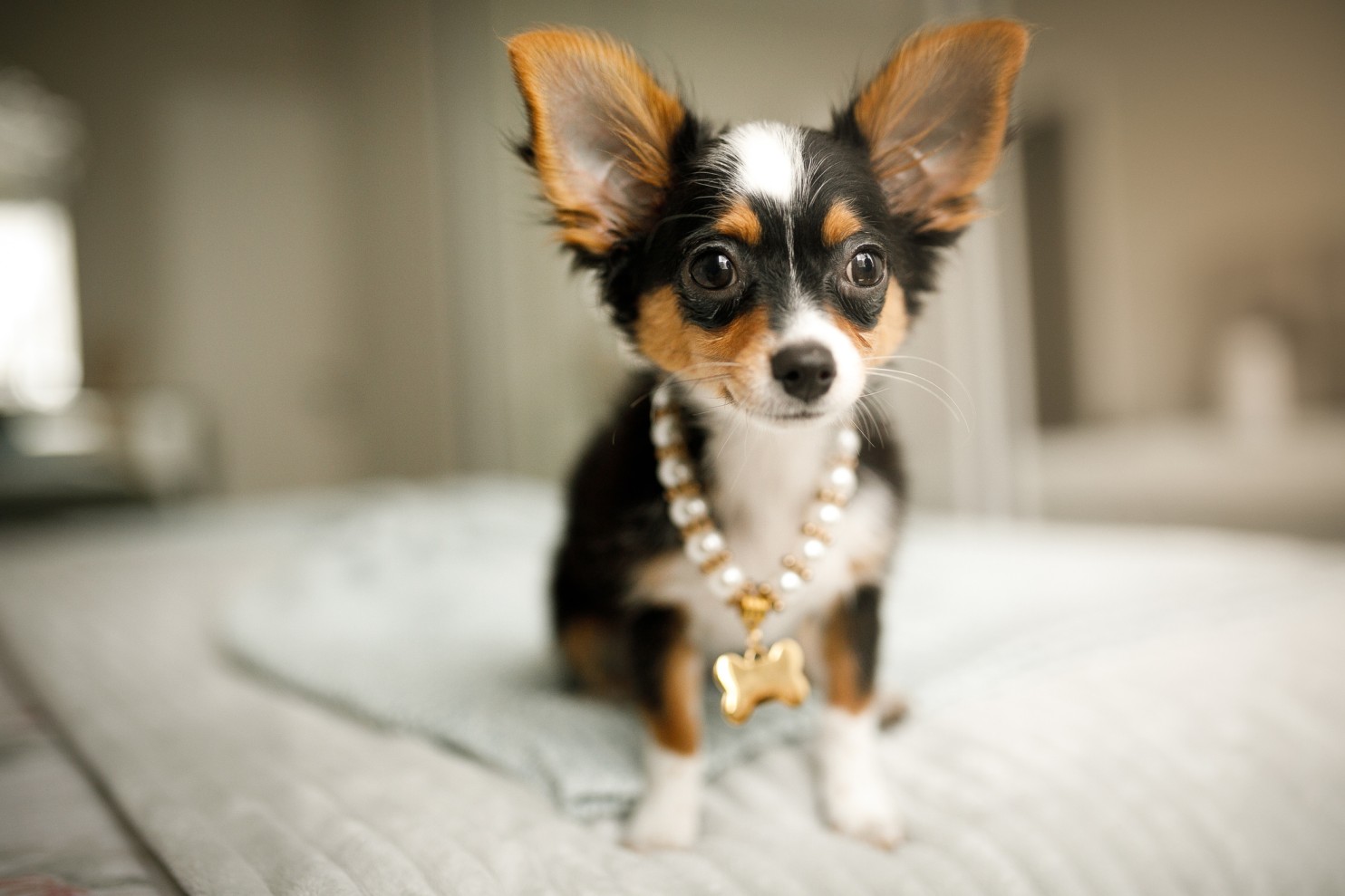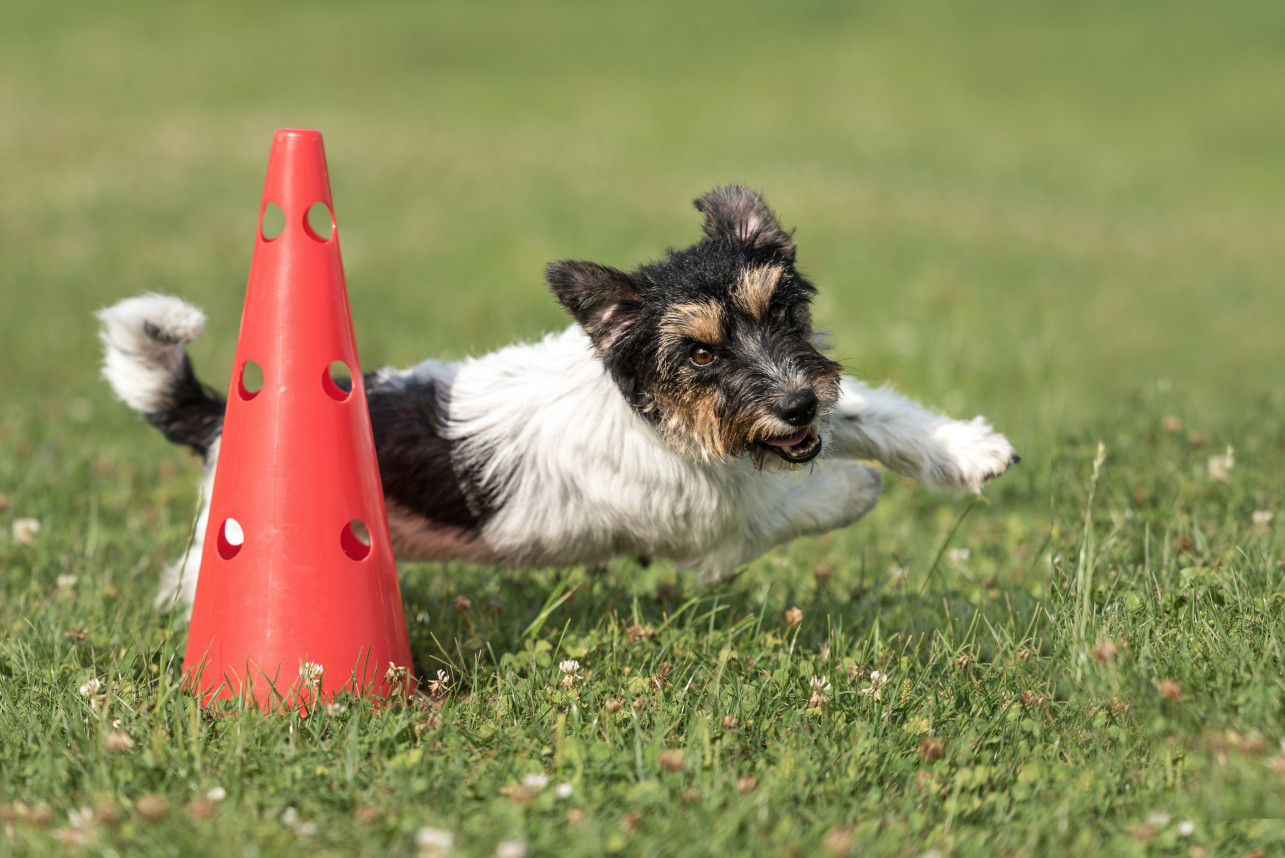Essential Supplies You Need for Your Dog's Grooming Routine
Grooming your dog is more than just a luxury; it's a necessity that contributes to their overall health, happiness, and well-being. A proper grooming routine not only keeps your furry friend looking sharp, but it can also prevent various health issues, such as skin infections and matting. In this comprehensive guide, we’ll explore the essential supplies you need for your dog’s grooming routine, ensuring that every pet owner has the tools they need to keep their beloved companions in top shape.
Essential Supplies You Need for Your Dog's Grooming Routine
When it comes to dog grooming, having the right supplies can make all the difference between a stressful experience and an enjoyable one. Below is a list of essential supplies every dog owner should consider incorporating into their grooming kit.
1. Brushes and Combs
Types of Brushes
Choosing the right brush depends largely on your dog's coat type. Here are some common types:
Slicker Brush: Great for removing loose hair and mats. Bristle Brush: Ideal for smoothing and shining short coats. Pin Brush: Useful for long-haired breeds.
Why Brushes Matter
Regular brushing helps distribute natural oils throughout your dog's coat, preventing dryness and keeping it shiny.
2. Grooming Clippers
Choosing the Right Clippers
Invest in high-quality clippers that are designed specifically for dogs. Look for features like adjustable speeds and a quiet motor to avoid startling your pet.
Usage Tips
Always ensure your clippers are clean and well-oiled before use to maintain optimal performance.
3. Nail Clippers
Types of Nail Clippers
There are several types of nail clippers available:
Scissor-Type Clipper: Best for larger breeds. Guillotine-Type Clipper: Ideal for small to medium-sized pets. Electric Grinder: A safe alternative that files down nails gradually without cutting them too short.
4. Dog Shampoo and Conditioner
Selecting Dog-Specific Products
Human shampoos can be too harsh on a dog's skin. Choose products specifically formulated for dogs, paying attention to any specific skin conditions your dog may have.
5. Towels
Absorbent Materials Needed
Having several absorbent towels on hand is crucial, especially after baths or rainy walks. Microfiber towels work particularly well due to their quick-drying properties.
6. Bathing Tools
6.1 Bath Mat
A non-slip bath mat will help keep your dog steady during bath time.
6.2 Sprayer & Hose Attachment
These make rinsing easier and more effective than using cups or bowls.
7. Ear Cleaning Supplies
7.1 Ear Cleaner Solution
Keep your dog's ears clean with a vet-recommended ear cleaning solution.
7.2 Cotton Balls or Pads
These are essential tools for applying ear cleaner while being gentle on sensitive ears.

8. Toothbrushes and Dental Paste
Oral hygiene is often overlooked but critical! Use dog-specific toothbrushes and toothpaste to maintain oral health.
9. De-shedding Tools
If you have a heavy-shedding breed, investing in de-shedding tools can save you from hair-covered furniture!
10. Flea and Tick Treatments
Protecting your dog from pests is part of responsible pet ownership; consult with your veterinarian for recommended products suitable for your dog’s age and weight.
11. Grooming Table or Non-Slip Surface
Having Dog Day Care a designated space helps keep everything organized while also providing stability during grooming sessions.
12. Pet First Aid Kit
Accidents happen! Make sure you have basic first-aid supplies handy just in case something goes wrong during grooming or playtime at dog day care near me.
13. Training Treats
Rewarding your pup during grooming can help create positive associations with the process!
The Benefits of Regular Grooming: What You Should Know
Regular grooming isn’t just about looks; it's about maintaining good health! Here’s why you should make it a priority:
Prevents Skin Issues: Regular brushing removes dead skin cells and dirt that can lead to infections. Reduces Shedding: Keeping up with grooming can significantly cut down on shedding around the house. Enhances Bonding: Taking time to groom builds trust between you and your pet!
Creating a Schedule: How Often Should You Groom Your Dog?
The frequency of grooming varies depending on various factors such as breed type, coat condition, and lifestyle activities (like participating in dog boarding). For example:
| Breed Type | Recommended Frequency | |---------------------|-----------------------| | Long-Haired Breeds | Every 4-6 weeks | | Short-Haired Breeds | Every 6-8 weeks | | Heavy Shedders | Every 2 weeks | | Low-Shedders | Every 4-8 weeks |
How To Set Up Your Dog Grooming Space?
Designate an area in your home where you feel comfortable working with your pooch—this could be a bathroom or laundry room where messes can easily be cleaned up afterward!
Gather all necessary supplies so everything is within reach. Ensure the area is well-lit. Use non-slip mats to help prevent accidents. Keep distractions (including other pets) minimal so both you and your pup can focus on the task at hand!
Dog Day Care Salt Lake City: How Professional Groomers Can Help
If you're busy or overwhelmed, consider taking advantage of local services like Dog Day Care Salt Lake City which often includes professional grooming options!
Professional groomers have specialized training that allows them to effectively handle various breeds while ensuring safety measures are taken throughout each session—plus they usually have access to higher-quality equipment than what most people may own at home!
FAQs About Dog Grooming Supplies
FAQ 1: What supplies do I need to groom my dog at home?
To groom your dog effectively at home, you'll need brushes/combs tailored to their coat type, nail clippers or grinders, shampoo/conditioner specifically designed for dogs, grooming clippers if needed, ear cleaning solutions, dental care items like toothbrushes/paste, towels, de-shedding tools if applicable—and don't forget training treats!

FAQ 2: How often should I groom my long-haired dog?
Long-haired dogs usually require more frequent grooming—every four to six weeks should suffice depending upon individual needs such as matting tendencies between sessions!
FAQ 3: Can I use human shampoo on my dog?
It’s best not to use human shampoos since they tend towards pH levels unsuitable for canine skin; always opt instead for specially formulated products designed specifically with dogs’ unique needs in mind instead!
FAQ 4: Do I really need professional grooming services?
While many owners manage fine at home with practice over time—professionals possess expertise regarding breed-specific techniques/tools unavailable elsewhere which ensures thorough results every time they visit!
FAQ 5: Are there risks associated with improper nail trimming techniques?
Yes indeed! If nails aren’t trimmed correctly there lies risk of nicked quicks causing pain/blood loss plus potential injury from slips during activity afterward—even leading ultimately towards behavioral issues stemming from fear associated back towards nail care altogether!
Conclusion
In conclusion, establishing a proper grooming routine using essential supplies not only benefits the appearance of our beloved companions but also contributes significantly towards their overall health—making regular upkeep crucial no matter how hectic life may get! Whether you're considering professional options like those offered via local services such as Dog Day Care Near Me or opting instead toward DIY methods—it’s important always remain informed regarding what's best suited towards fulfilling each Dog Day Care individual pup's unique needs along this journey together!
